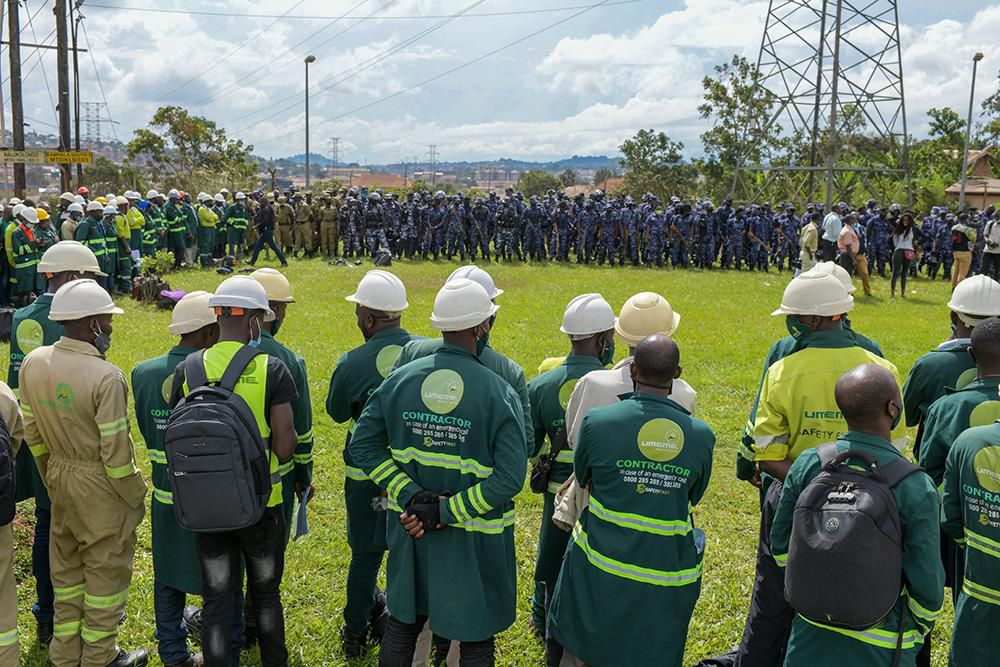Uganda to run out of power in 3 years - Umeme signs out with stern warning
)
Umeme Ltd today officially handed over power distribution to the Uganda Electricity Distribution Company Limited (UEDCL), following the expiration of its 30-year concession.
Mr. Selestino Babungi, the Umeme CEO, issued a stark warning during the handover on Monday about the nation's energy future.
He expressed fear that, without a major intervention, Uganda could face a power deficit within the next three years.
His concerns, he said, stem from the current demand that is rapidly outpacing supply, a trend that, if unaddressed, may lead to shortages by 2028.
My biggest worry now is that with the rate at which power is being demanded, if we don't do anything, we shall run out of power in just three years.
I know that there are some interventions, such as the East African power pool, including the option of drawing from Ethiopia, but from what we see is that we need to move very fast if we are to be secure on the energy generation front.
In September 2024, Uganda commissioned the 600 MW Karuma Hydropower Project, boosting the national generation capacity.
Projections suggest that Uganda's electricity consumption will grow at an annual rate of 14%, increasing per capita consumption from nearly 80 kWh today to approximately 1,750 kWh by 2050.
To meet this demand, experts have warned that the country must accelerate investment in large-capacity generation projects and enhance transmission infrastructure.

Government assures
In response, the Minister of Energy and Mineral Development, Hon.. Ruth Nakabirwa reassured that new power generation projects are being considered by the government.
She said said starting this week, the ministry will start the process of bidding for consultancy services and subsequent feasibility studies for the 400MW Kiba hydropower plant, which will be located a few kilometers downstream of Karuma.
Achievements and Challenges During Umeme's Tenure
Meanwhile, Mr Babungi highlighted that over the past two decades, Umeme has made notable strides in expanding Uganda's electricity infrastructure.
The company increased the network's transformer zones from 500 to 17,000 and expanded the distribution network to 44,000 km of lines. Customer numbers surged from a quarter of a million to 2.2 million.
Additionally, energy losses decreased from 38% to 16%, and annual revenues grew from Shs 160 billion, supplemented by government subsidies, to Shs 2.3 trillion.
However, Babungi pointed out that despite these advancements, the existing network is under significant strain.
The system is currently handling 70% more power than it did five years ago, driven by rapid economic development and a growing number of connections. This increased load necessitates substantial investments in network expansion and maintenance to prevent system overloads and ensure reliable service.
)
)
)
)
)
)
)